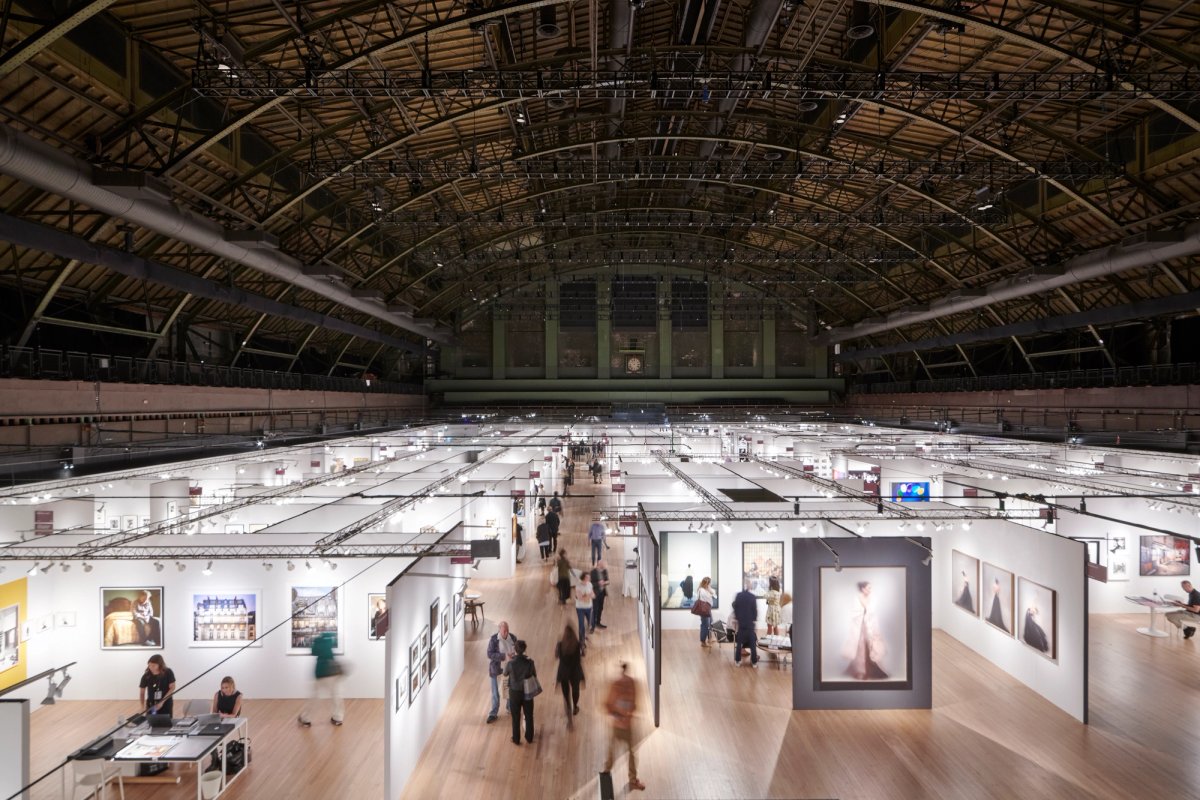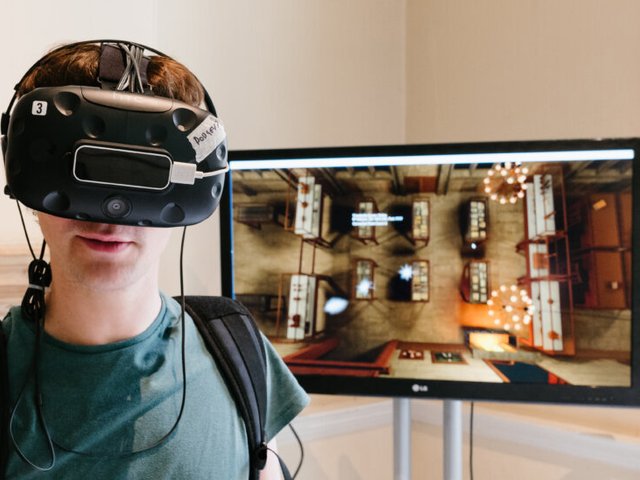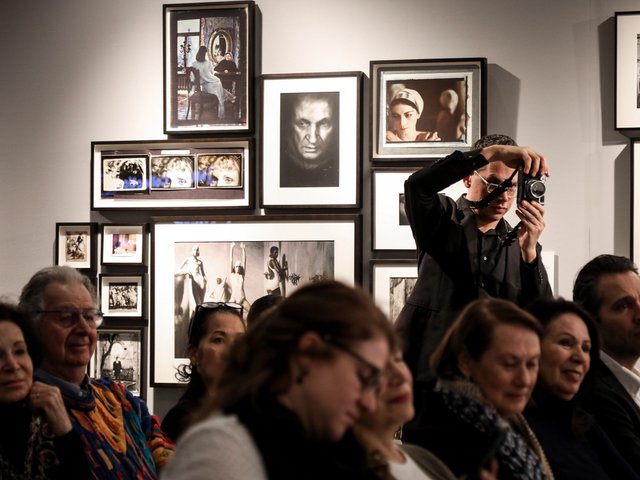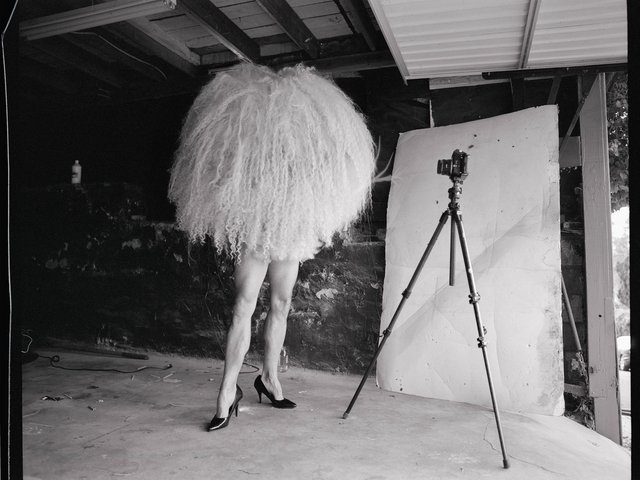The Photography Show presented by the Association of International Photography Art Dealers (AIPAD) returned to New York’s Park Avenue Armory for the second consecutive year this past weekend (23-27 April), with 64 participating exhibitors.
“I can't think of another venue in the world—except maybe the Grand Palais—that is such an iconic place to see art, and that it's expected that great art will live in this building when it's here,” says AIPAD and the Photography Show's executive director Lydia Melamed Johnson. “The foot traffic, the buzz… we’ve just found there’s an incredible response to our fair.”
When the Photography Show returned to the Armory last year after five editions in various Midtown locations between 2017 and 2023, the fair broke its previous attendance records. During this year’s preview, lines to get in were around the block, and nearly 15,000 visitors were recorded throughout the week, setting a new fair record (the figure was probably helped by having one more fair day than in previous years).
“Some of that is maybe going back to the re-emergence of New York and all of that post-pandemic, but I think there's a real excitement about the fair coming back to the Armory after a bit of a pause,” Melamed Johnson said before the fair opened.
It’s a unique sense of optimism for a commercial art fair in a down moment for the market. According to the economist Clare McAndrew's latest Art Market Report published by Art Basel and UBS, worldwide sales fell by 12% last year, the third-steepest contraction of the past 15 years. The report’s findings also picked up on shifts in the market: while overall value is down, trading volume grew by 3%, reflecting growth in works priced under $50,000.
“It was really fascinating to see what they reported on in terms of the middle market and how the more accessible price points were actually up in the volume,” Melamed Johnson said. “That’s really what we saw last year—contemporary photographs in the four-to-five-digit price points really selling well and being really seriously considered alongside the vintage pieces that AIPAD is really known for, that often reach into the high five- or six-, sometimes seven-figures.”
Melamed Johnson highlighted the number of Indigenous women who showed this year: Higher Pictures from Brooklyn brought Jessica Eaton’s snapshots of multicoloured cubes; Scheinbaum & Russek from Santa Fe showed Cara Romero’s bright, futuristic images with references to pop culture and Indigenous life; and Toronto’s Stephen Bulger Gallery had a solo stand dedicated to Shelley Niro’s work, which focuses on Indigenous women and girls.
“In the current political situation that we're in, it’s a celebration to have women Indigenous artists in the photographic medium, where they've been overlooked in the past,” Melamed Johnson says. “So often, they’ve been the subject of photography, so to have them behind the lens and showing their own representation of Indigenous women is really spectacular.”
In the same way that more approachable price points and a familiarity with other editioned work make prints appealing for younger collectors, photography seems to attract Gen Z and Millenials thanks to their familiarity with taking pictures themselves, Melamed Johnson says (“it's the medium they understand the most, because they're so familiar with it technically’). She also points to the tendency for photographs to hold their value.
“The price points of photography don't shift or yo-yo in the way that so much contemporary art does," she says. "The price points are very consistent and gradually grow. The trajectories that are often stewarded by galleries seem to be a much softer curve.”
Melamed Johnson adds: “To me, it makes a lot of sense, and it seems logical in a way that the art market so often doesn't.”





